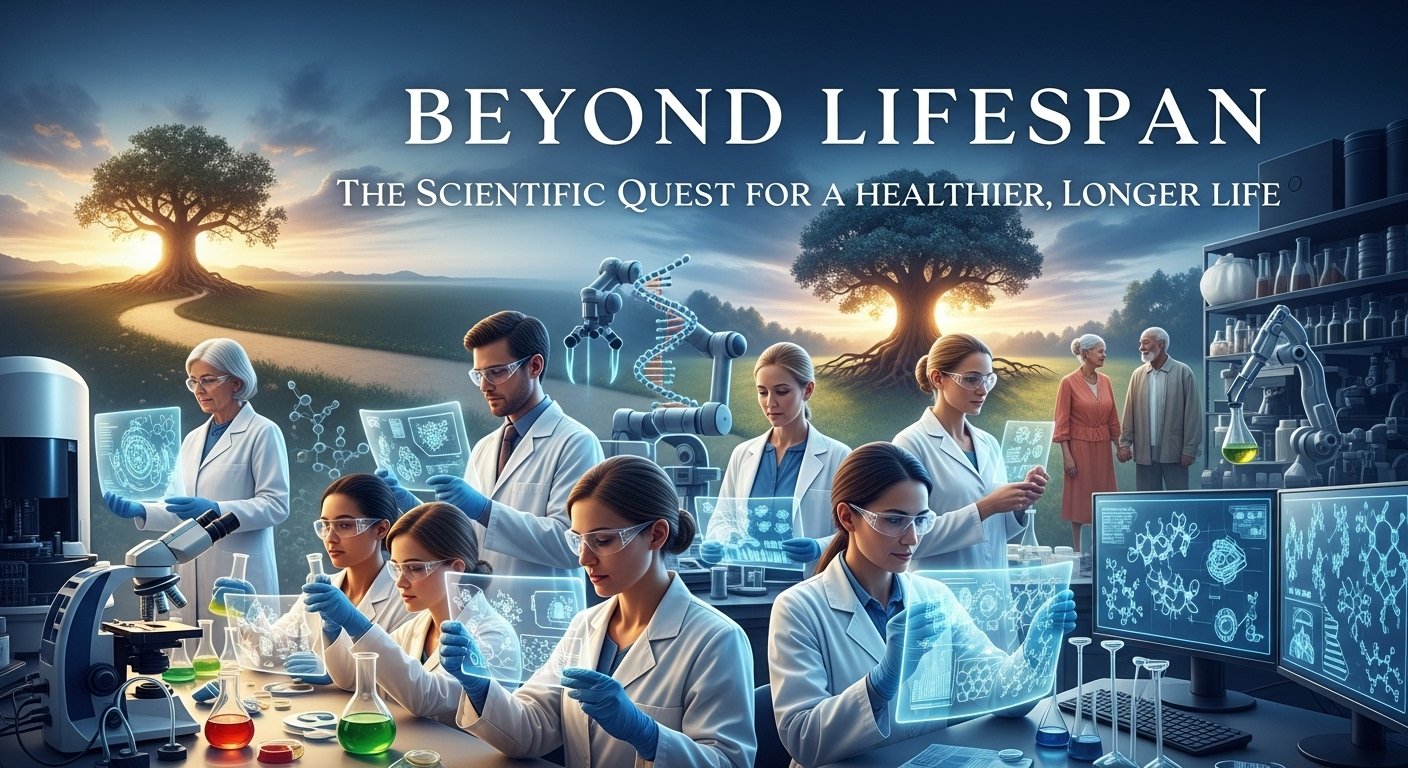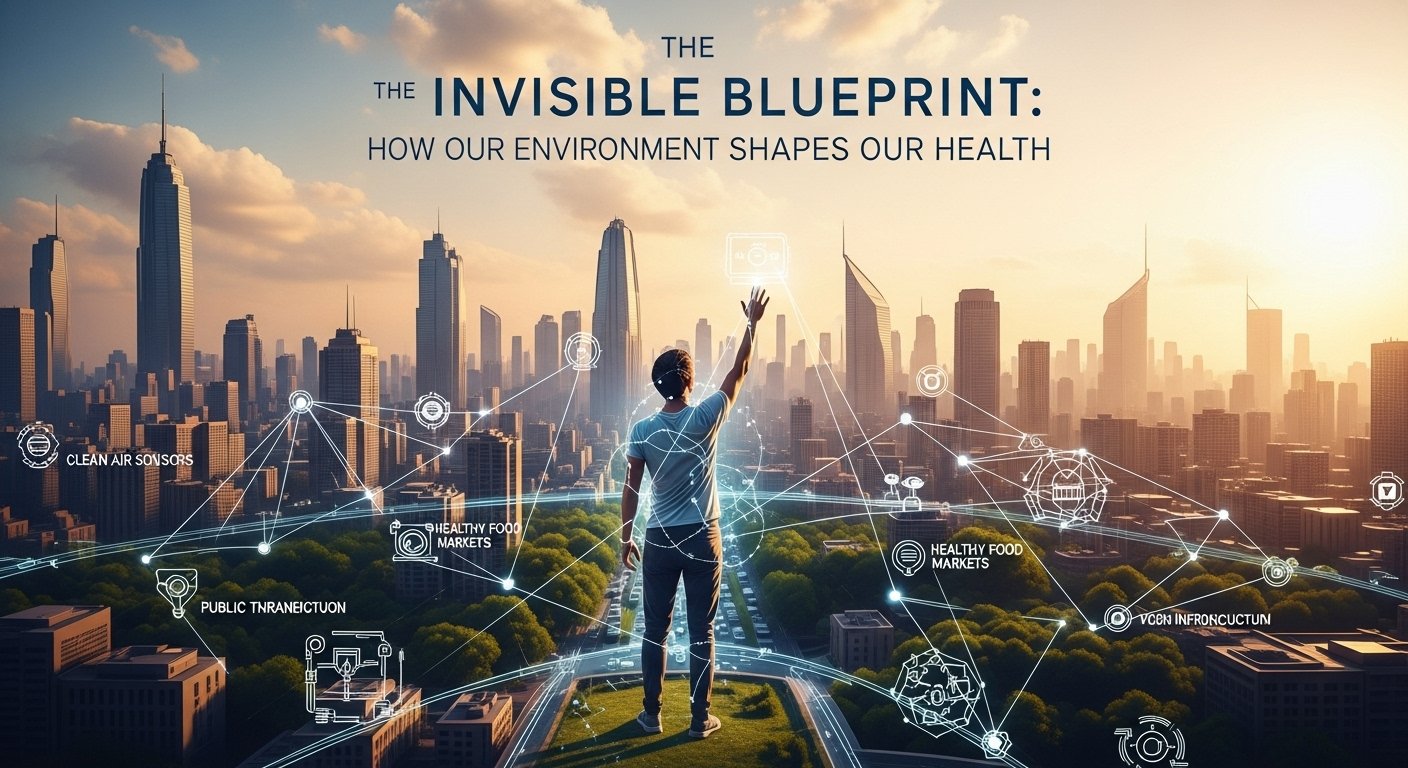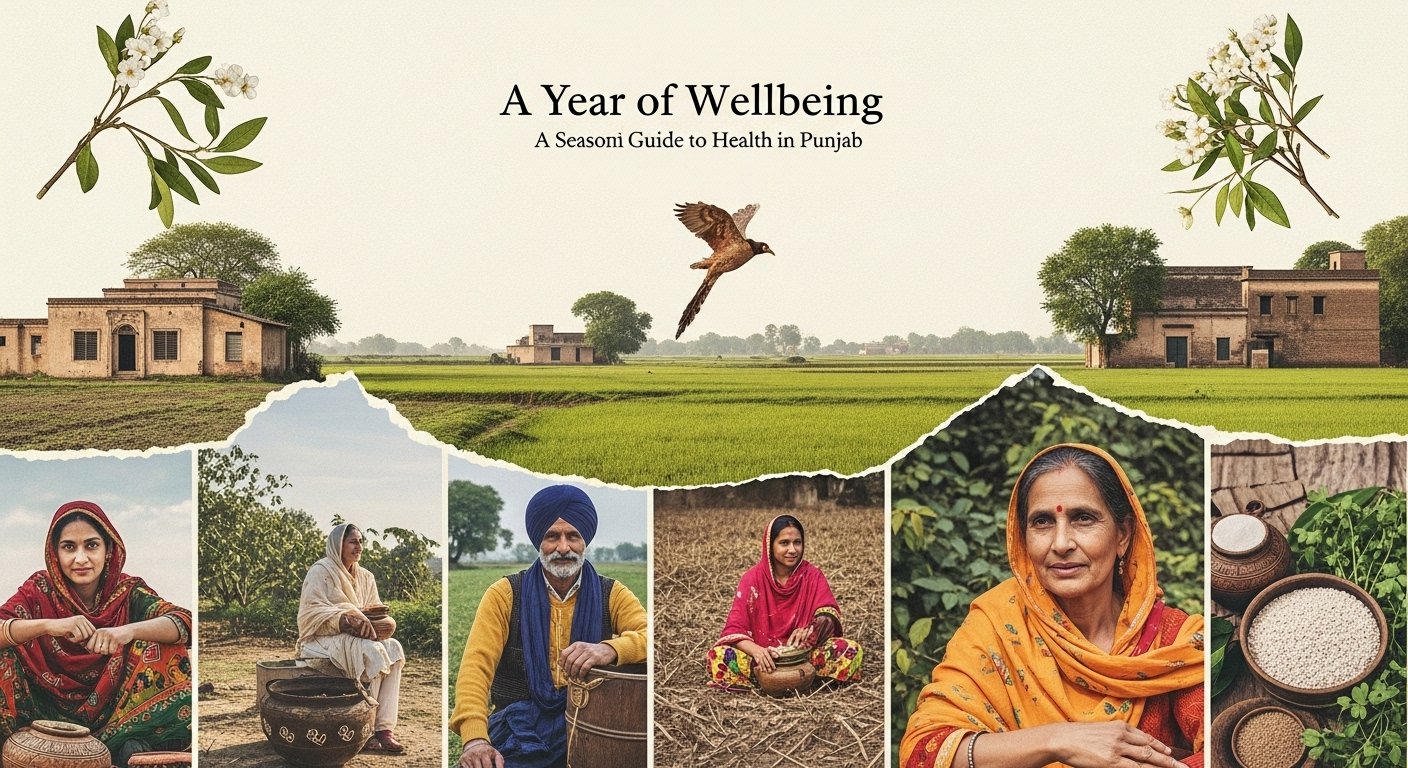For most of human history, the concept of health was defined by the struggle against acute threats: infectious diseases, famine, and injury. The primary goal was survival. In the 21st century, we have become so successful at extending our lifespan that we now face a new, more complex challenge. The question is no longer just “How long can we live?” but rather, “How long can we live well?” This distinction is the frontier of health science in 2025, a paradigm shift from focusing on lifespan to maximizing healthspan—the period of our lives spent in good health, free from the clutches of chronic disease and disability.
This new quest is transforming medicine from a reactive discipline that treats the ailments of old age to a proactive science that targets the underlying biological processes of aging itself. It is a holistic endeavor that combines cutting-edge cellular science, metabolic optimization, and a deep understanding of cognitive resilience.
The Cellular Frontier: Targeting Aging at its Source
The modern scientific view is that aging is not an immutable law, but a series of interconnected biological processes that can be understood and potentially influenced. Researchers have identified several “hallmarks of aging,” fundamental mechanisms that drive the physical decline associated with growing older.
Among these are telomere attrition, the gradual shortening of the protective caps on our chromosomes with each cell division; cellular senescence, a state where cells stop dividing but resist dying, accumulating in the body and releasing inflammatory signals; and mitochondrial dysfunction, the decline in the efficiency of our cellular power plants.
For decades, these were seen as unavoidable consequences of time. Now, they are viewed as treatable targets. By 2025, research into interventions like senolytics—drugs designed to selectively clear out these harmful senescent “zombie cells”—is showing significant promise in preclinical models and early human trials. The goal is to reduce the chronic, low-grade inflammation that is a root cause of many age-related diseases. While these advanced therapies are still maturing, we now understand that lifestyle factors like stress reduction, regular exercise, and diets rich in antioxidants can help protect against the cellular damage that accelerates these processes.
The Metabolic Engine: The Central Role of Diet and Movement
If cellular processes are the software of aging, our metabolism is the hardware. Robust metabolic health is the cornerstone of a long healthspan. Conditions like high blood pressure, high blood sugar, and excess body fat—collectively known as metabolic syndrome—are powerful accelerators of the aging process and the direct precursors to the world’s most prevalent chronic diseases, including Type 2 diabetes, heart disease, and many forms of cancer.
Consequently, nutrition and exercise are no longer just about weight management; they are seen as powerful tools to modulate our biology. Scientific consensus points towards several key principles for longevity:
- Caloric Moderation: Consistently eating slightly less than our bodies crave has been shown to be one of the most effective interventions for extending healthspan in a variety of organisms.
- Nutrient Density: Prioritizing a diet rich in plant-based foods, lean proteins, and healthy fats provides the vitamins, minerals, and polyphenols that combat cellular stress.
- Autophagy Activation: Practices like intermittent fasting or consuming specific food compounds can trigger autophagy, a vital cellular “cleanup” process where the body recycles damaged components, promoting cellular health.
Equally critical is the lifelong maintenance of muscle mass. After the age of 30, adults can lose 3-8% of their muscle mass per decade if they are inactive. This loss is a primary driver of metabolic decline and frailty. Resistance training is therefore essential, not for aesthetics, but for preserving metabolic function, maintaining bone density, and ensuring physical independence well into our later years. A person’s healthspan can be conceptually viewed as a function of their choices and biology:
Hspan=f(BurdenGenetics+Lifestyle)
Where Healthspan (Hspan) is a function of our inherited Genetics plus our proactive Lifestyle choices, divided by the cumulative Biological Burden from damage and disease.
The Resilient Brain: Preserving Cognitive Vitality
A long healthspan is meaningless without a sharp and engaged mind. Fortunately, the brain is not a static organ that inevitably declines. It possesses a remarkable ability known as neuroplasticity, allowing it to reorganize and form new neural connections throughout our lives. Protecting and nurturing this capacity is a key pillar of the new longevity.
The science is clear on what it takes to build cognitive reserve and reduce the risk of neurodegenerative diseases like Alzheimer’s:
- Physical Exercise: Regular aerobic activity increases blood flow to the brain and stimulates the release of factors that promote the growth of new neurons.
- Lifelong Learning: Just as physical exercise strengthens the body, cognitive exercise strengthens the mind. Learning a new language, picking up a musical instrument, or engaging in complex problem-solving builds new neural pathways.
- Social Connection: Humans are profoundly social creatures. A rich network of social ties and meaningful relationships is one of the most powerful protectors against cognitive decline.
- Restorative Sleep: During deep sleep, the brain undergoes a critical cleanup process, clearing out metabolic byproducts that can accumulate and contribute to neurodegeneration.
The Technological Toolkit
Technology is serving as a powerful accelerator in the quest for a long healthspan. AI-powered diagnostic tools can now analyze medical images and health records to detect early signs of age-related diseases like cancer or retinopathy long before they would be visible to the human eye. Advanced wearables continuously monitor vital signs, mobility, and even fall risk for older adults, providing a safety net that allows for greater independence. This constant stream of data is paving the way for a future of deeply personalized health interventions, where our unique genetic information and real-time biometric data can be used to create a customized roadmap for aging gracefully.
Conclusion: Adding Life to Our Years
The modern quest for health has undergone a fundamental shift. We have moved from a defensive posture against disease to an offensive strategy aimed at promoting vitality. The goal is no longer just to add more years to our life, but to add more life to our years. The science of longevity is teaching us that while we cannot stop the clock, we have more agency than ever before to influence how we experience its passage.
This new paradigm is one of hope and empowerment. It reframes aging not as a period of inevitable decline, but as a phase of life that can be navigated with strength, purpose, and joy. The pursuit of a long healthspan is the defining health opportunity of our era—a chance to ensure that our later years are not a footnote, but a rich and meaningful continuation of a life well-lived.



